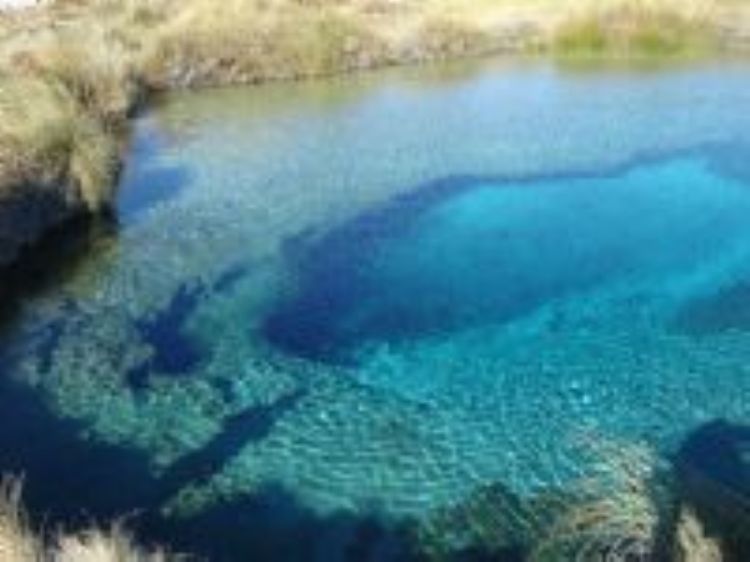The Manufacturing Process of the Mexican Tequila
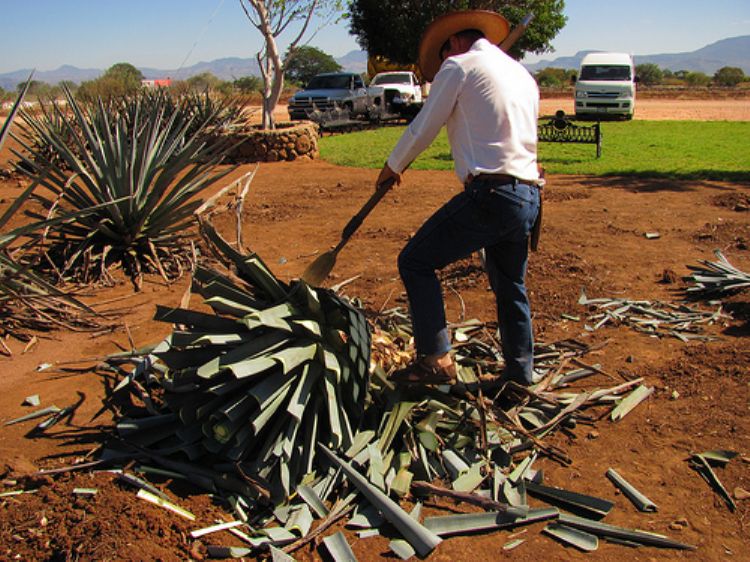
One of the best known products that Mexico has given to the world is the tequila, a distilled alcoholic beverage with strong and sweet flavor that comes from the town of Tequila in the state of Jalisco.
Like other beverages (such as the Champagne or the Scotch Whisky), the Tequila can only receive this name if produced in a given area, in this case the town of Tequila, Jalisco and some surrounding communities, and similarly, at least 51% of its content should come from the agave plant. The best tequilas are made from 100% blue agave.
Note that the tequila has already been so recognized that in 2006 UNESCO awarded âWorld Heritageâ status, to the area where it is produced (about 34.650 acres).
The manufacturing process of the tequila is long and elaborate, and it must follow the rules issued by the Mexican Official Standard of Alcohol, and violators will be subject to penalty of fine or imprisonment.
<As in most alcoholic beverages, the first step is the planting time. Here, the shoots of plants or sometimes the roots of the agave plant take seven or eight years to mature, during which time the plant requires watering and fertilization.
The second step is the harvest time (also called jima). The "jimadores" cut the leaves to clear the central stalk, which is called the pineapple. An experienced worker can enroll more than 300 "pineapples" in one day. Pineapples are harvested and brought to the plant where they are processed. There, they are passed through some stainless steel machines in which a hydrolysis of the sugar takes place when cooking with steam for about 4 hours, at more than 100 degrees. Later it is passed through another machine that reduces its size. Subsequently it is taken to a grinder to begin the extraction of the juice, injecting water under pressure. There, the fibers are separated and, in most cases, are used for fertilizers, as they are no longer useful. The liquid is passed on to special buckets in order to prepare them for the musts, which is the addition of yeast and microorganisms to produce alcohol. Then the musts stand for 72 hours approximately in a volume of more than 30,000 liters.
This is where fermentation occurs. It then proceeds to the distillation of the ordinary tequila.Here, the percentage of alcohol in the beverage is about 55%.
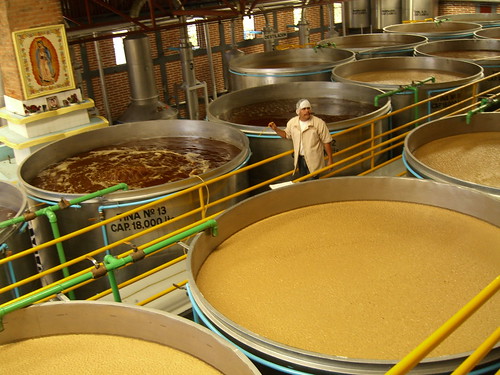
Photo: Jennifer Rock
Finally the aging takes place. Mainly three types of tequila are named depending on their aging: The Tequila Blanco, The Tequila Reposado (minimum two months and one year of aging) and the Tequila Añejo (a maximum three years of aging).
Itâs important to note that tequila is diluted with distilled water, lowering its alcohol level between 15 or 20%, and then it goes to being filtered and bottled.
Artisan Tequila The differences between the process of Industrial Tequila and Artisan Tequila is that in the latter, less sophisticated machines (ovens, stoves and more) are used, and is even possible that even the transportation of the pineapple is done using mules or horses Instead of large trucks. This is also the case of ovens made of masonry or stone, instead of steel, of the use of normal water instead of distilled, and of âstillsâ in the distillation process.This gives the drink a different, but equally strong and delicious taste.
Whether industrial or handcrafted, the Tequila is a drink that nowadays is known internationally... and we can proudly say that it is a 100% Mexican product!
Article produced by the Editorial Team of "Explorando Mexico".
Copyright Explorando México, All rights reserved.
Photo: Carlos Hernández


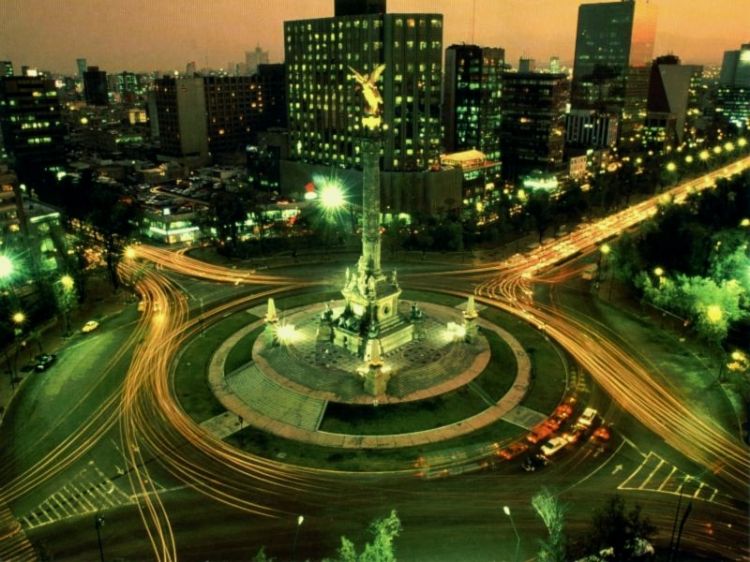
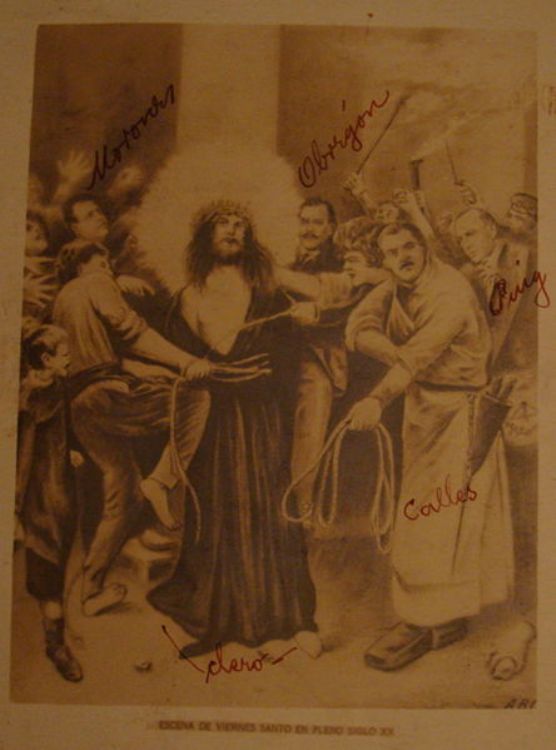
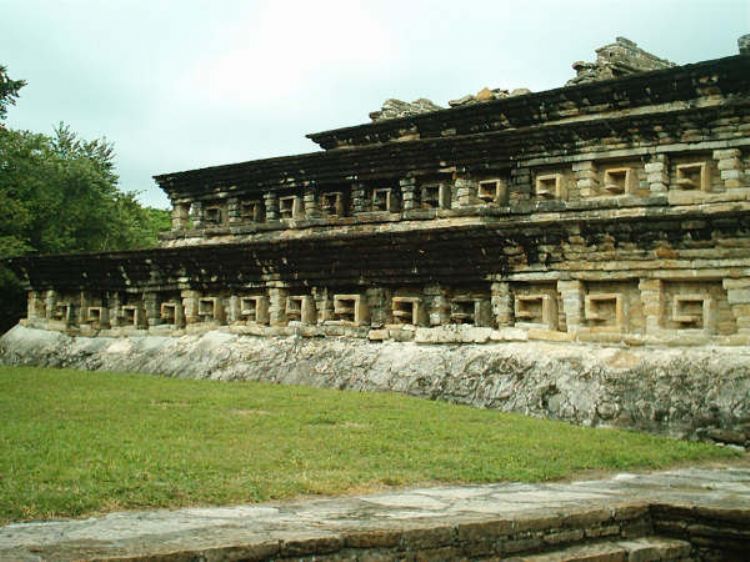
.jpg)
